The finale of the 4-part series is by far the best, basically because the presenters finally quit pussyfooting around the main suspect – Adam Shacknai – and finally get to grips with the idea of Rebecca’s death being a homicide, not a suicide. Why it takes these documentaries so long just to get up to speed is just plain sad. If each of the 4 episodes was as solid as the last, it would have been a damn good package.
One aspect touched on in the final few minutes of the finale was the same limiting aspect I discovered writing the first book and second in the Red Rope series. There is a heck of a lot of information that the public and the media simply don’t have access to. This restricts the scope of documentaries and to some extent written narratives too. That being said, episode four provides some useful glimpses at items of evidence from the crime scene that haven’t been seen before. So, without further ado, let’s deal with seven significant evidentiary aspects.
1. Rebecca’s Bed
For some strange reason it’s been very difficult to locate images of the bed besides where the rope is connected to it. It’s obvious from the image that no one lay or say on the bed. This is a weakness in the sexual assault theory. It’s certainly indicative that the sexual assault a) didn’t occur on the bed and thus b) was likely brief.

2. The Orientation of the Room

In a scenario where the suicide is staged, we can imagine Rebecca’s killer standing behind her and lifting her already dead body over the railing, and letting it descend in a relatively controlled motion. The obvious point to clarify is if we impute a killer in the room and on the balcony [or even simply his foot on the balcony], why wouldn’t he be in front of Rebecca? It’s obvious right. The upstairs balcony was very visible through line of sight from very many vantage points, an issue I clarified and illustrated in detail in INTO THE BELLY OF THE WHALE. Greer actually mentions as part of his theory that the killer stood behind her, basically just off the balcony and maneuvered Rebecca’s body over the railing. The balcony isn’t very wide at all, around half a meter, so this would be fairly easy to pull off.
But the mere fact that the doors were closed calls into question the entire suicide hypothesis. Did Rebecca close the doors with her hands tied behind her back, and while the heels of her feet were right against the door? If she did, why on Earth would she do that? Meanwhile, we can see clearly why a murderer would want the door or doors closed. Firstly to hide behind while lowering her, but secondly, and importantly, to hide behind while staging the bedroom [including painting the message on the door].
3. The Candle

The candle on the grass is one of the seemingly inexplicable idiosyncracies of this case. Although I will be dealing with this aspect in more detail in AT THE EDGE OF CIVIL, for now it’s worth mentioning that the candle may have been used for “low light” illumination late at night, not only in Rebecca’s room but outside on the lawn. It’s also possible, but unlikely that the candle was used to “cut” the rope by burning through it. As unlikely as this scenario is, we nevertheless have to ask why the candle is where it is? What function did it serve? Was it only illumination?
And that raises the issue of the rope. Why is the length of rope so long behind Rebecca? Why is it in a virtual straight line?

Why are Rebecca’s legs bent inwards, and her face turned upwards? Were her legs bent when she “fell” when she was cut down? Or was she cut down and carried, placed on the lawn and this “bent” her legs? The position we see here suggests the position she lay in when she was struggled at some other location. Note, her knees also appear slightly open.
4. The “Rope Burn”
If the injury to Rebecca’s middle finger is rope burn, it suggests that she was lowered fast enough to inflict the injury – post mortem – but slow enough that she suffered no significant trauma to her neck vertebra. Since this would be the riskiest manoeuvre of all for her murderer, he had to do it quickly but also not too quickly. Too quickly would jolt the bed, perhaps breaking the leg that was ultimately anchoring the entire rig, and limbs might dislodge out of their bindings.
Oxygen provides useful analysis on this particular point in this post on their online blog.

It’s very clear that Greer is quite correct and the Defense witness [Williams] judgement on the nature of the wound is questionable, to put it mildly. It also beggars belief that the cops didn’t test the blood for vaginal epithelial cells, but if the San Diego cops were trying to fuck up this case, and their forensic technicians trying to frustrate the prosecution of it, they were doing a great job in that department.
5. “Blood Imprint” on Rebecca’s Left Inner Thigh


We know there was also tape residue on Rebecca’s legs, possibly from duct tape. It does make sense if she was murdered and then a suicide was staged that the original device used to bind her wouldn’t be the lengthy ski rope.


In episode four Greer suggests a bloody imprint fits the size of a knife handle with the blade facing outward and handle facing inward. This impression, frankly, reminds of the blade impression left on a sheet in the Amanda Knox case.

 6. Two Pairs of Gloves were Found at the Crime Scene
6. Two Pairs of Gloves were Found at the Crime Scene
I will deal with the gloves and additional analysis in a follow-up post at CrimeRocket II. But the issue of two pairs of gloves raises the possibility of a killer and at least one accomplice, an aspect Oxygen provides some reinforcing evidence to support.

7. 3D Rendering of Rebecca’s Route to the Balcony




The animation in episode four is extremely brief – a few seconds – but it’s arguably the best footage in the whole series. The animation seeks to cast doubt of the absence of blood drops in the imputed route Rebecca would have taken if she hopped [bound, obviously] from the bed to the balcony.
But what the animation also achieves is that it provides a context to imagine her attacker. Where is he? Where would he have stood [especially in the final image], and what would he have done with the shutters to avoid being seen? Probably he had one of those shutters [the left] completely closed, while the other was slightly ajar. Did he use a candle to illuminate what he was doing?
That’s seven assessments – that’s enough. This analysis covers the first 18 minutes of the final episode. The last 20 minutes or so, including some of the insights from the DEATH AT THE MANSION crew and their experts, will be highlighted in due course at CrimeRocket II.
A final point: when the presenters enter Greer’s “Zahau Room” Adam Shacknai’s signature features prominently in the room, along with handwriting analysis taken from that signature as well as other handwriting.


Although Adam Shacknai has been found guilty by a civil court [where the burden of proof is lower], the producers have been careful to be explicit that the evidence presented is “the opinion” of the prosecutor, and that Adam Shacknai “expressly denies all allegations”. 
Interestingly, both Greer and the DEATH AT THE MANSION presenters share a kind of consensus on their four primary person’s of interest. Adam, Nina, Dina [and Max] and Jonah.
We can see why DEATH AT THE MANSION spent a relatively short time dealing with Adam as its “main suspect”. Although a jury and Judge supported Greer’s version, the medical examiner and San Diego cops do not, and most important, Adam’s billionaire brother also still seems to be in his corner.

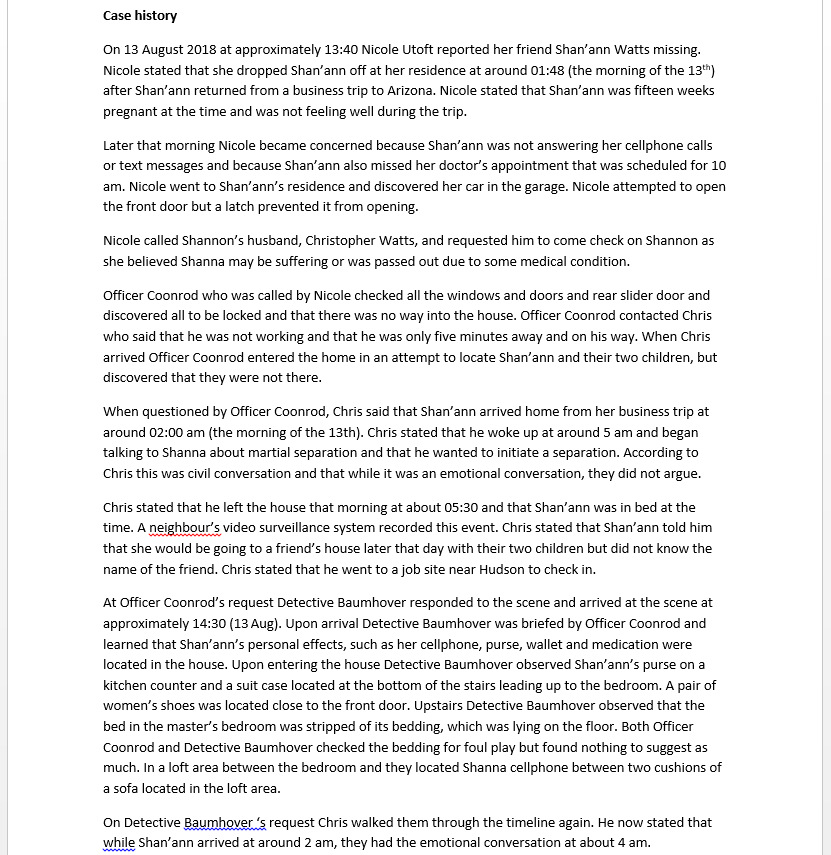
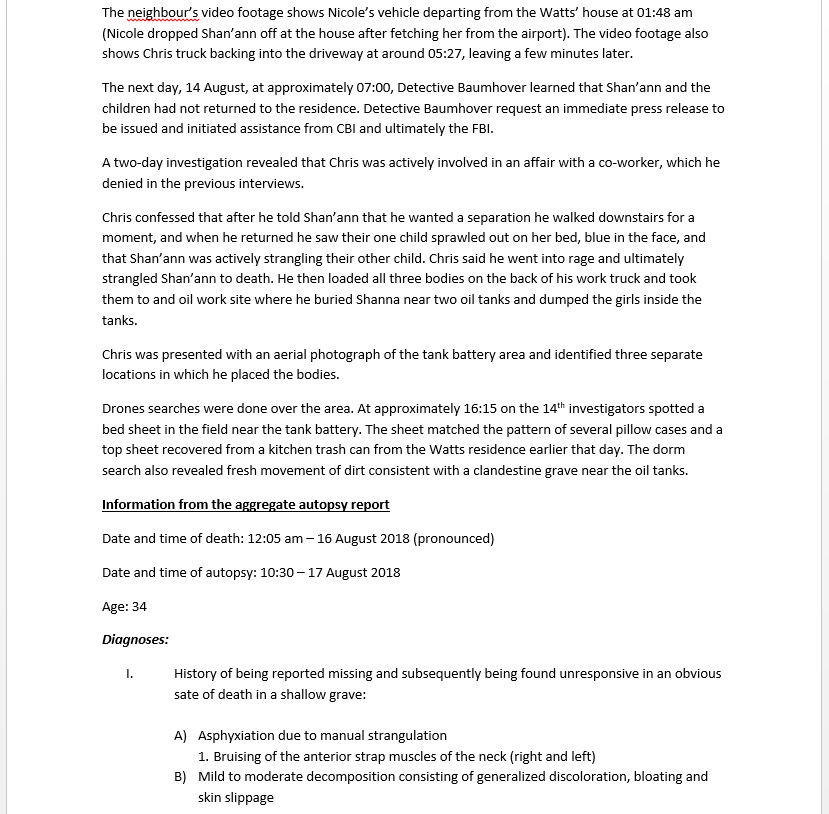
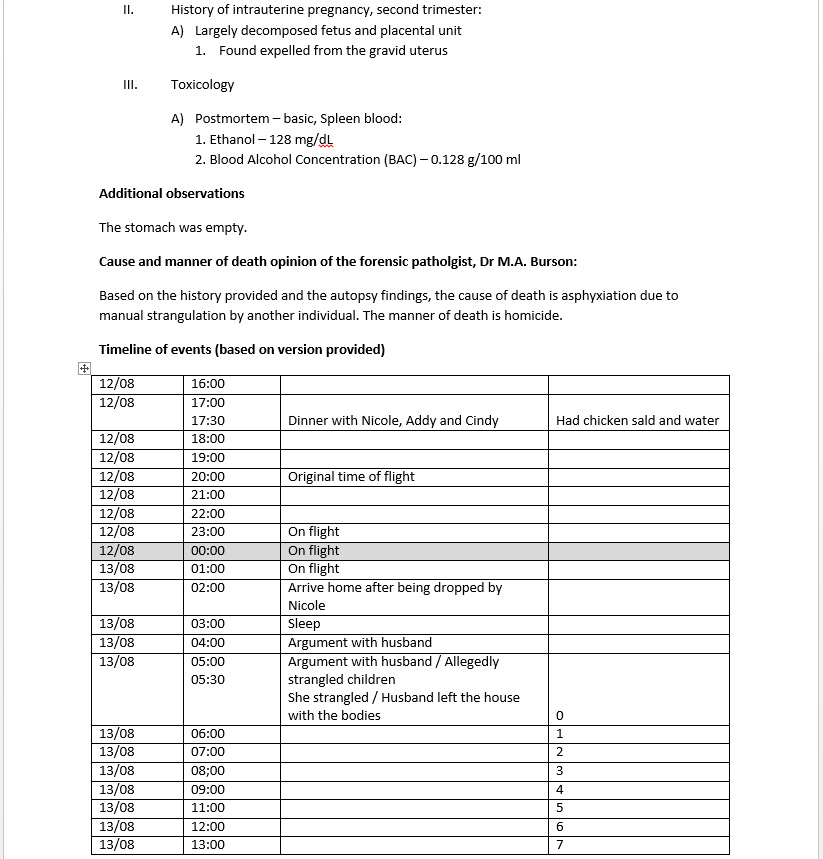
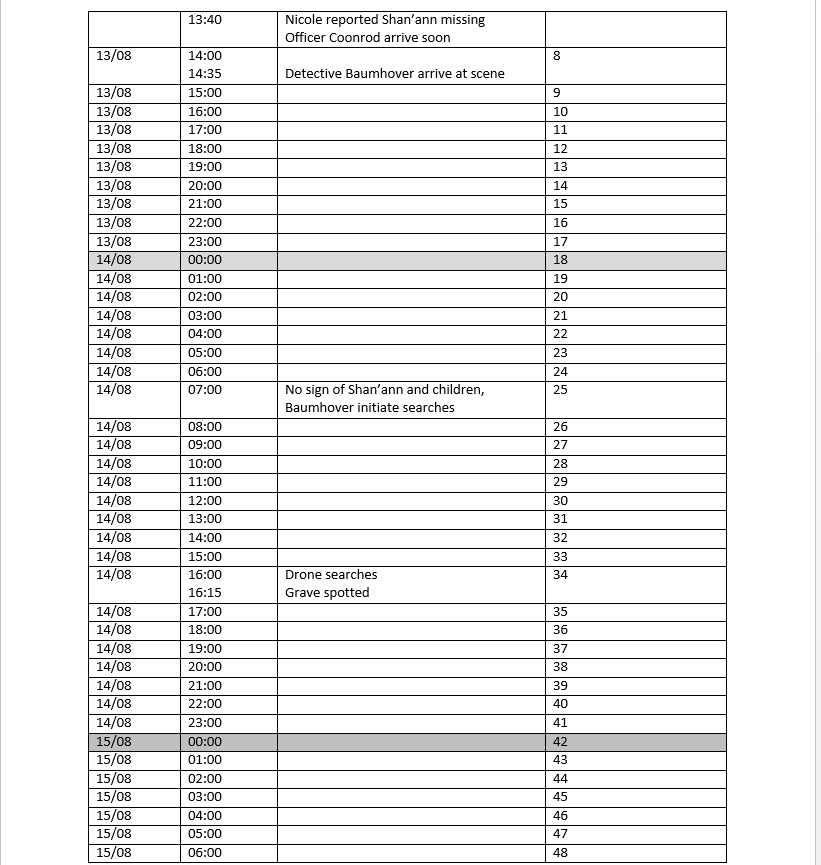
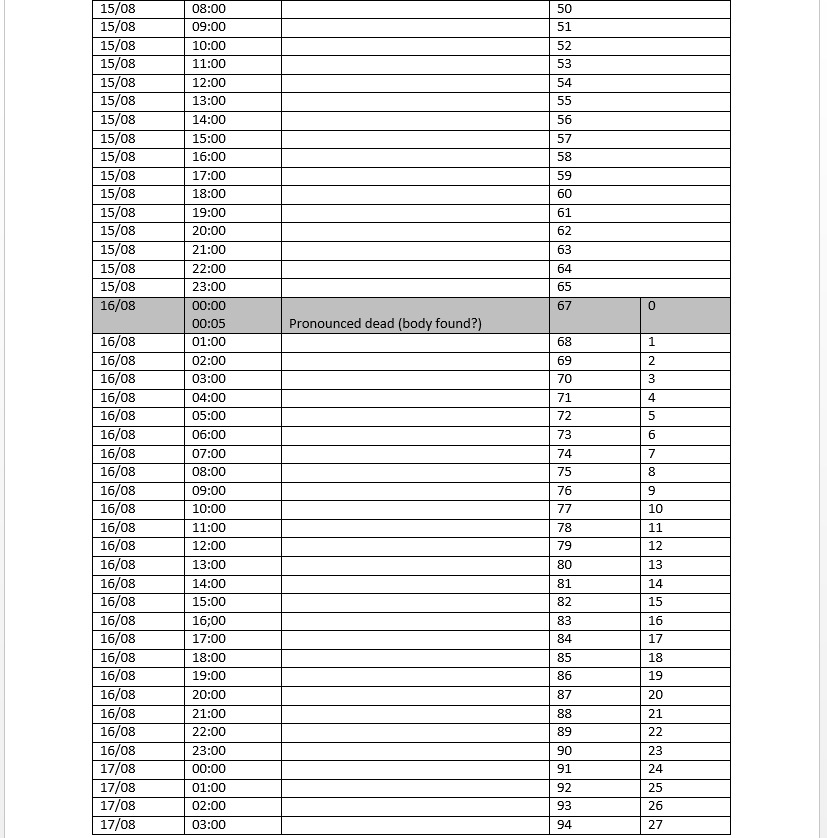
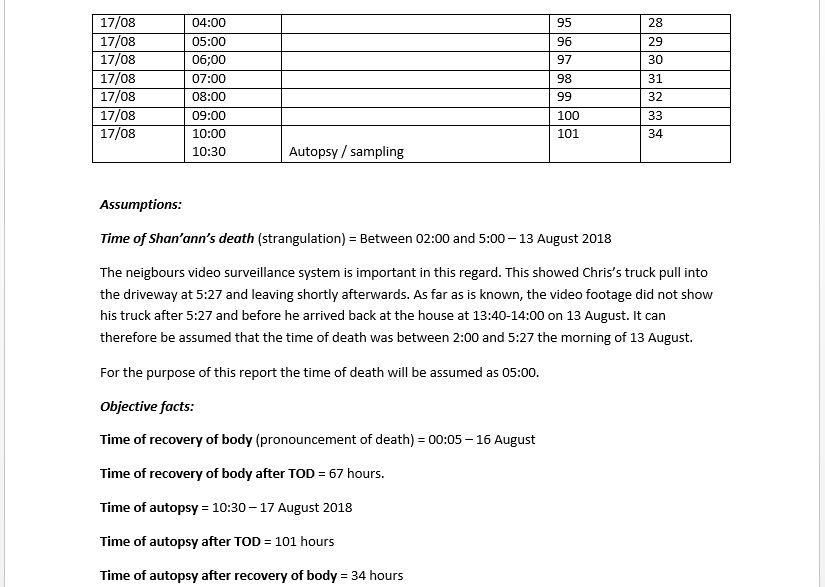
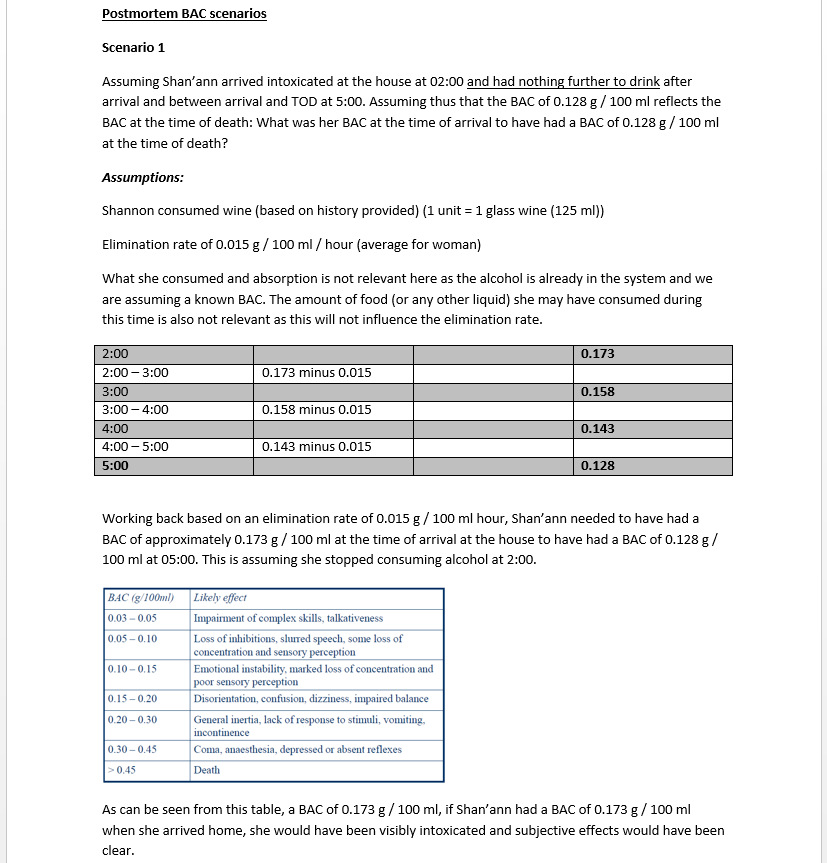
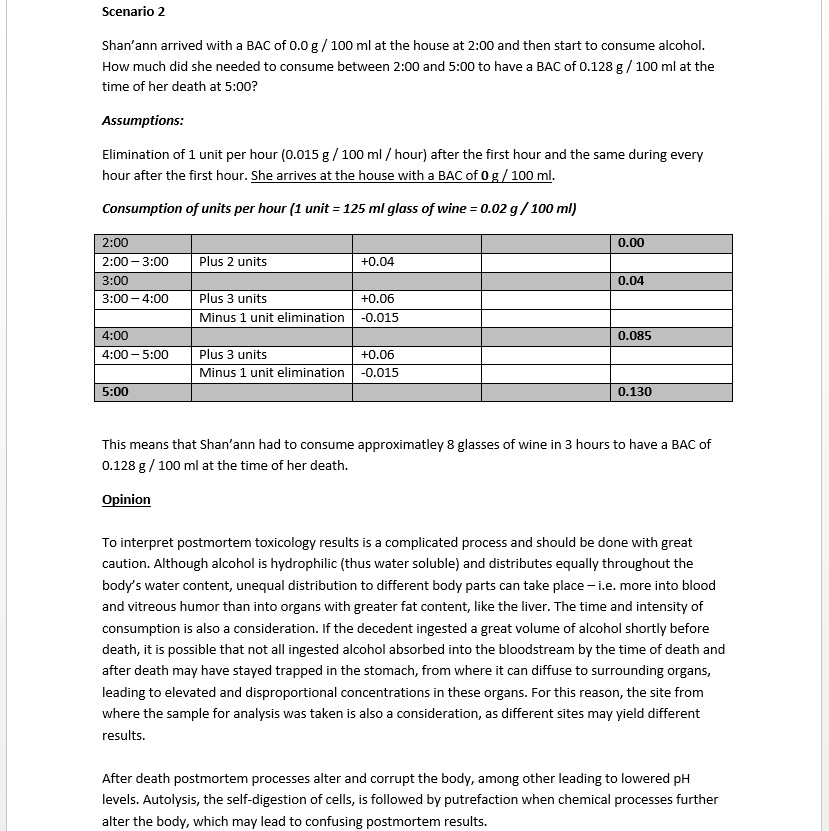
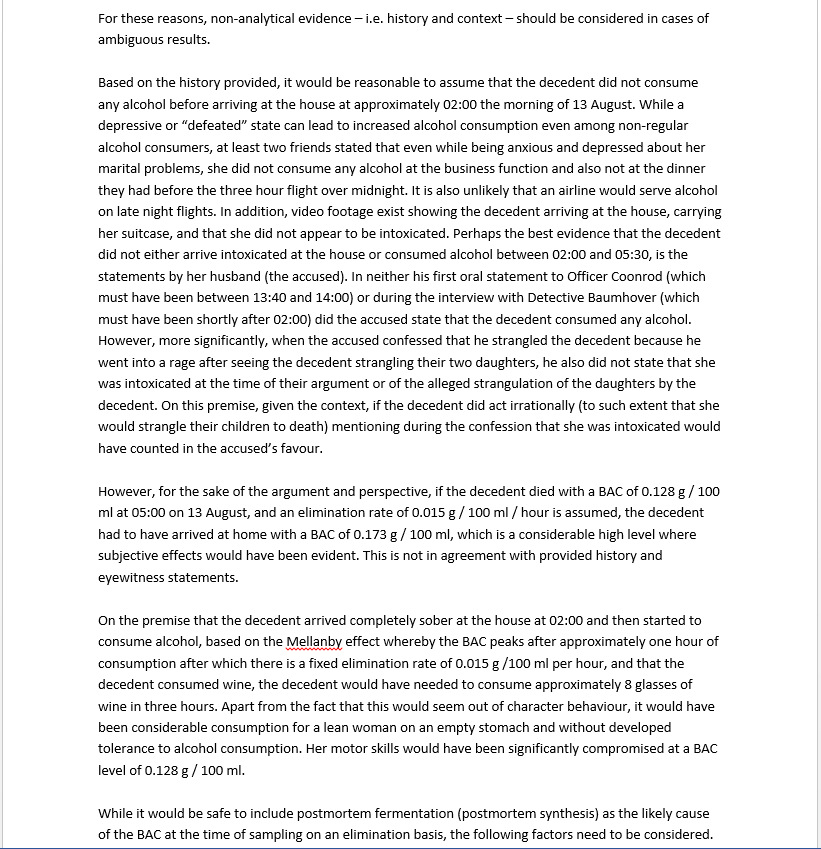
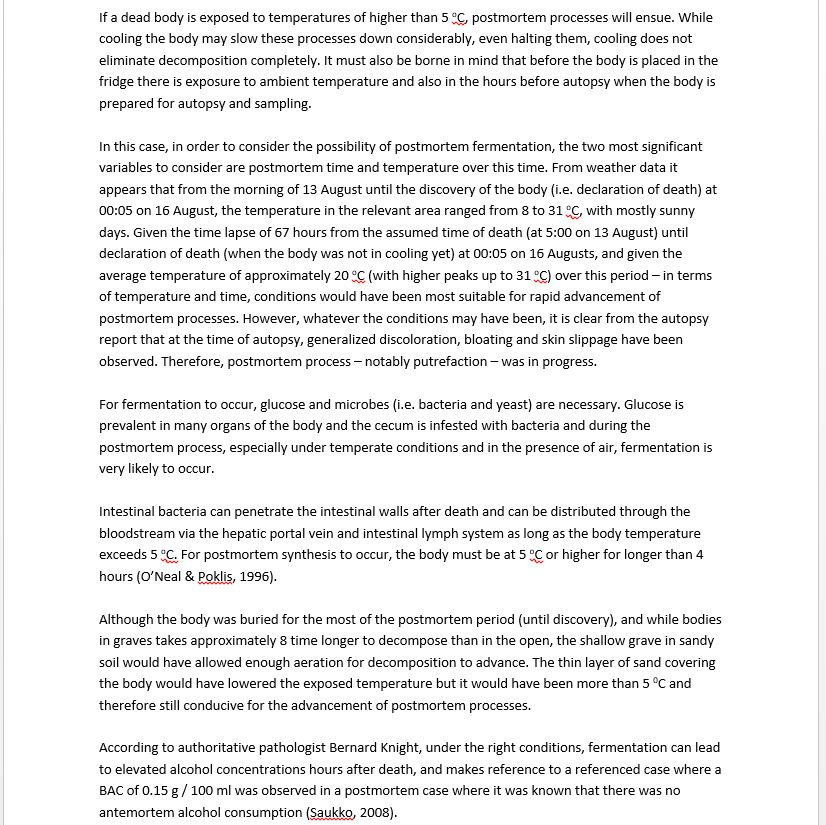
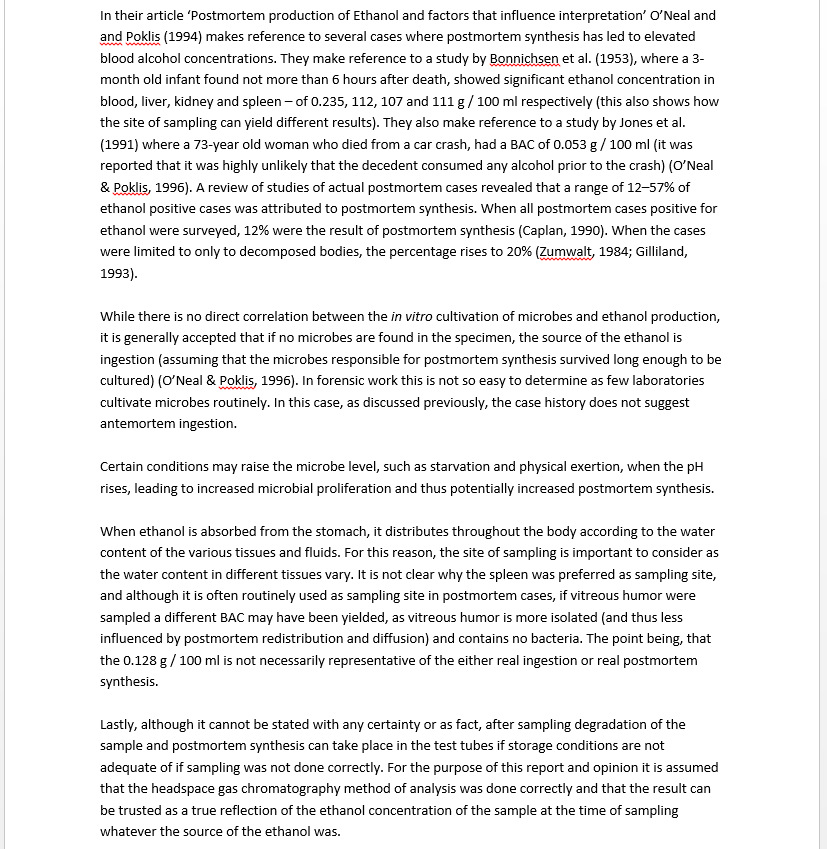
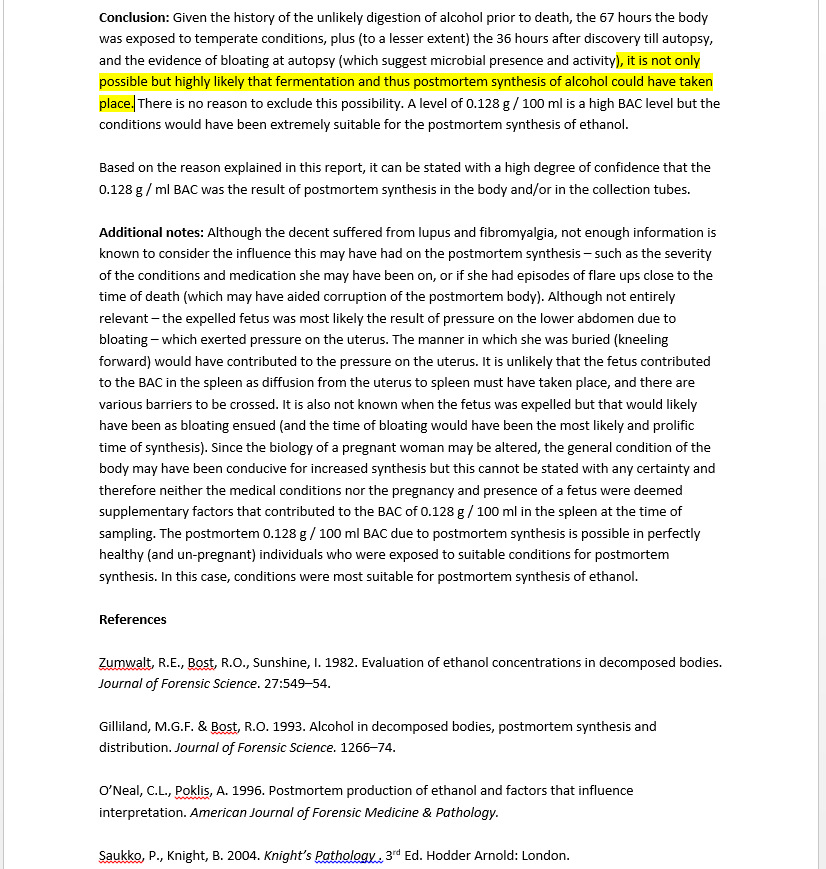





































































































































































































 The basement entrance is here, the door on the right, set back from the stairway, and halfway between the garage entrance and the lounge.
The basement entrance is here, the door on the right, set back from the stairway, and halfway between the garage entrance and the lounge.

























































































































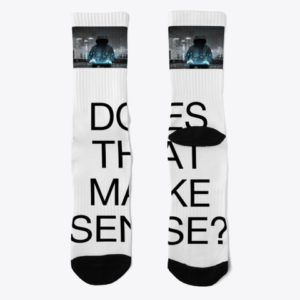

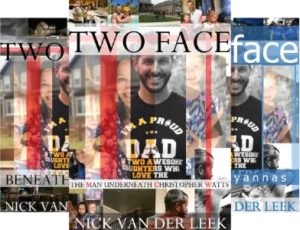

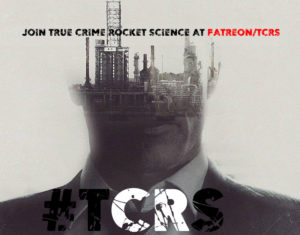

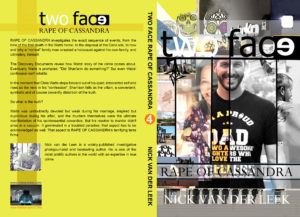
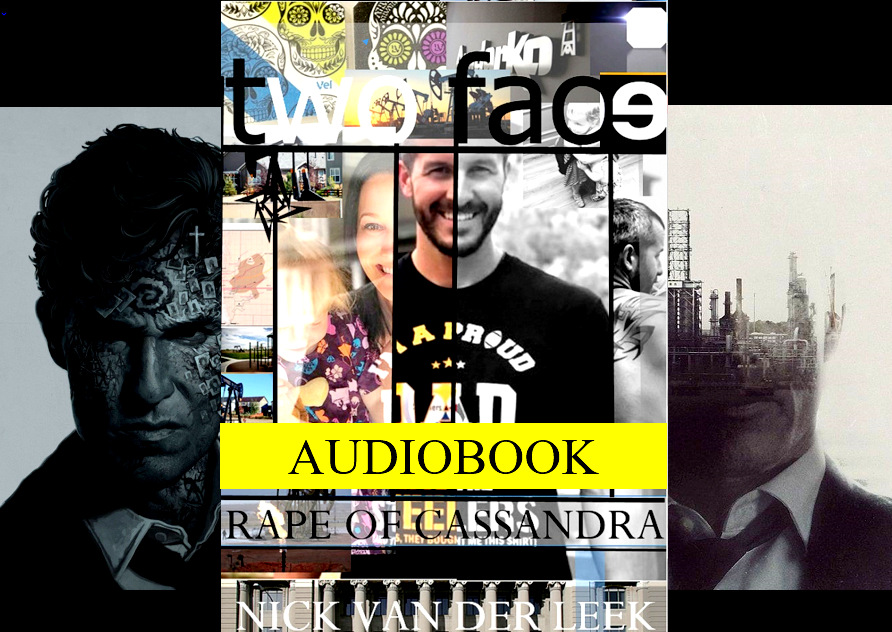
Recent Comments